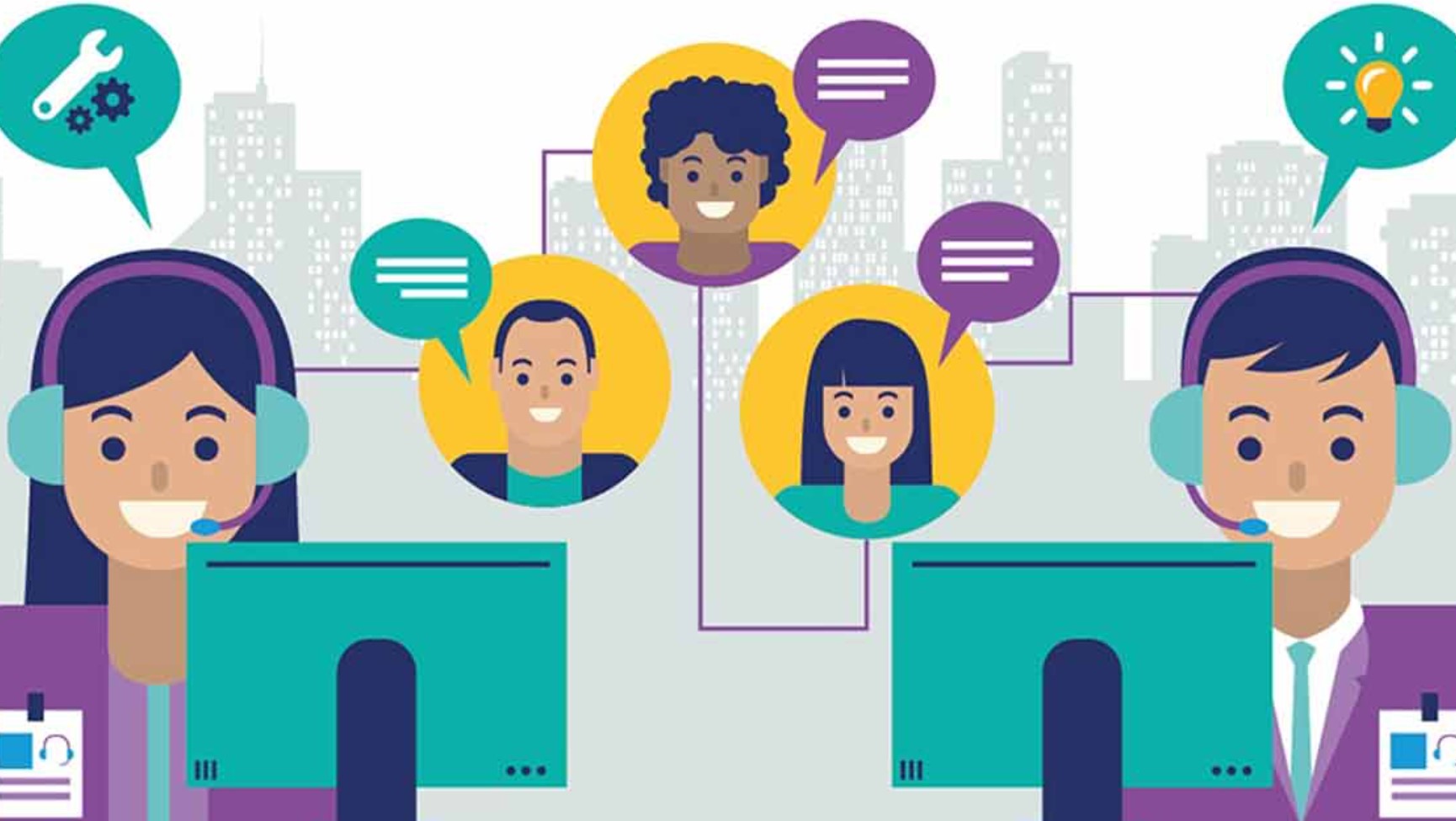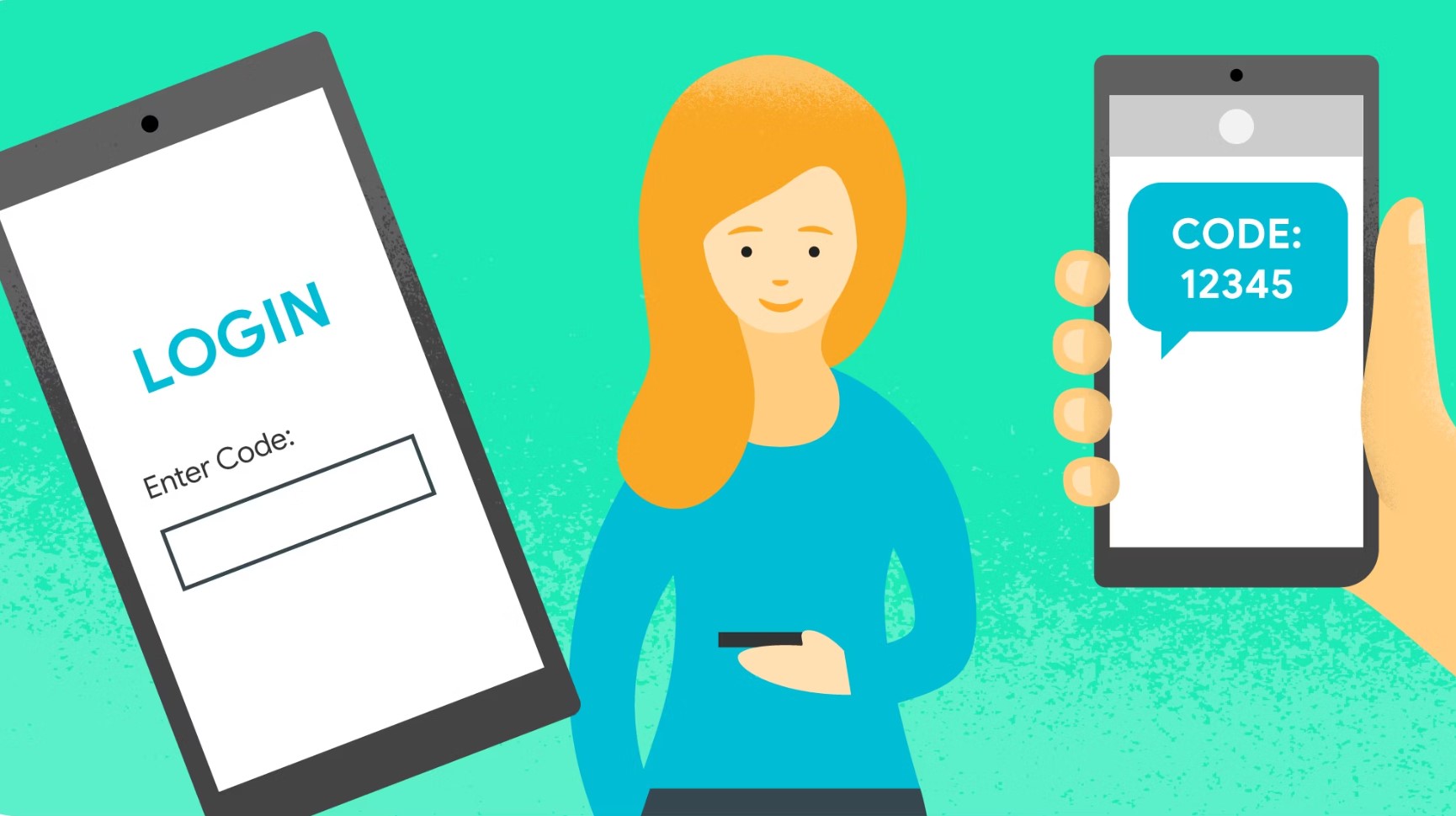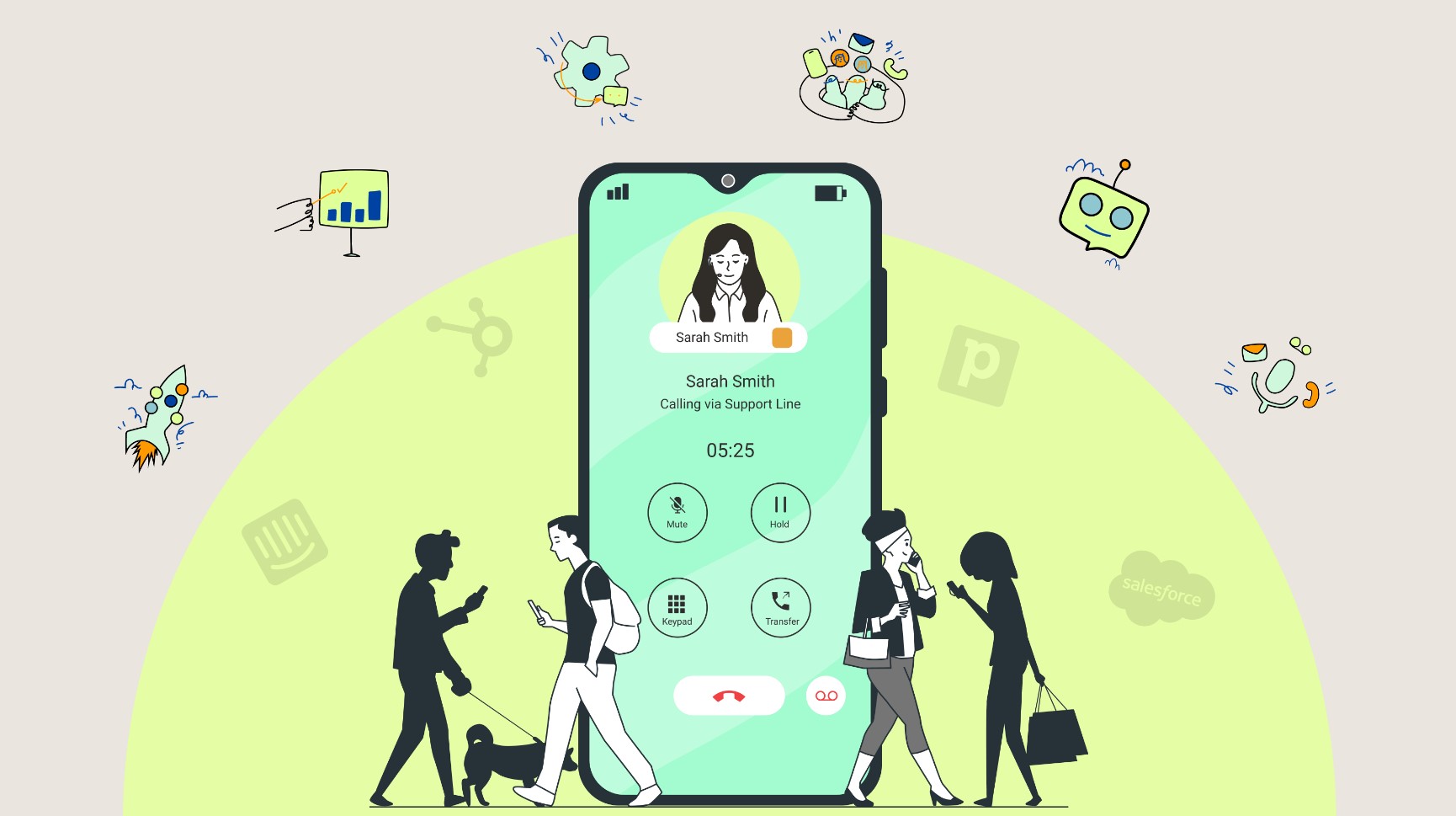In today’s competitive business landscape, delivering exceptional customer service is paramount. It goes beyond simply selling products or services. It involves understanding and meeting the needs of customers, resolving their issues, and ensuring their satisfaction. Various types of customer service channels have emerged to cater to diverse customer preferences. Let’s delve into these different types and their characteristics.
Importance of Customer Service
Before we explore the types of customer service, let’s emphasize the significance of providing excellent support to customers. Exceptional customer service has several benefits for businesses:
- Customer Satisfaction: By providing prompt and efficient assistance, businesses can enhance customer satisfaction and loyalty. Satisfied customers are more likely to become repeat customers and advocates for the brand.
- Brand Reputation: Positive experiences with customer service contribute to building a strong brand reputation. Word-of-mouth recommendations from satisfied customers can attract new customers and foster trust in the brand.
- Competitive Advantage: In a crowded marketplace, superior customer service can set a business apart from its competitors. It becomes a key differentiating factor that attracts and retains customers.
- Customer Retention: By addressing customer concerns effectively, businesses can reduce churn rates and retain valuable customers. Repeat customers generate recurring revenue and have a higher lifetime value.
- Upselling and Cross-selling Opportunities: Positive interactions with customers create opportunities to upsell or cross-sell additional products or services, increasing revenue potential.
Types of Customer Service
- In-person Customer Service: In-person customer service involves face-to-face interactions between customers and service representatives. It can occur in retail stores, service centers, or other physical locations. This type of customer service allows for personal connections and immediate issue resolution.
- Phone-based Customer Service: Phone-based customer service involves interactions through telephone calls. Customers can speak directly with service representatives to seek assistance, resolve problems, or make inquiries. Phone support offers real-time communication and a more personalized experience.
- Live Chat Customer Service: Live chat customer service is a digital channel where customers can communicate with support agents in real-time through chat windows on websites or mobile applications. It provides quick responses and allows for multitasking, offering convenience to customers.
- Email-based Customer Service: Email-based customer service involves exchanging messages with customers through email. It offers a written record of conversations and allows for thorough explanations and documentation. However, response times may be longer compared to other channels.
- Self-service Customer Service: Self-service customer service empowers customers to find solutions to their queries independently. It includes FAQs, knowledge bases, tutorials, forums, and automated systems. Customers can access information and resolve simple issues on their own, reducing the need for direct support.
Pros and Cons of Each Type
- In-person Customer Service:
- Pros: Personalized interactions, immediate issue resolution, non-verbal communication cues.
- Cons: Limited availability, location-dependent, potential for long wait times.
- Phone-based Customer Service:
- Pros: Real-time communication, personalized assistance, opportunity for detailed discussions.
- Cons: Possible wait times, language barriers, lack of visual cues.
- Live Chat Customer Service:
- Pros: Real-time support, multitasking capabilities, written record of conversations.
- Cons: Limited availability, potential for delays in responses, lack of voice communication.
- Email-based Customer Service:
- Pros: Detailed explanations, documented conversations, flexibility in response time.
- Cons: Delayed responses, potential for miscommunication, lack of real-time interaction.
- Self-service Customer Service:
- Pros: Instant access to information, available 24/7, reduced support costs.
- Cons: Limited to simple queries, lack of human interaction, potential for incomplete or outdated information.
Best Practices for Effective Customer Service
To provide exceptional customer service, businesses should consider the following best practices:
- Personalization: Tailor interactions to individual customer needs, preferences, and previous interactions.
- Active Listening: Pay attention to customers, show empathy, and ask clarifying questions to understand their concerns fully.
- Prompt Responses: Strive to provide quick and timely assistance to customers to minimize waiting times and frustrations.
- Knowledge and Training: Equip customer service representatives with comprehensive product/service knowledge and proper training on effective communication and problem-solving.
- Continuous Improvement: Regularly gather feedback from customers and analyze performance metrics to identify areas for improvement and implement necessary changes.
In conclusion, understanding the different types of customer service is crucial for businesses aiming to deliver exceptional support experiences. By offering a range of channels tailored to customer preferences, companies can meet diverse needs and ensure customer satisfaction. Remember, providing outstanding customer service not only benefits customers but also contributes to the long-term success and growth of businesses.
FAQs
- What is the most effective type of customer service? The most effective type of customer service depends on various factors, including the nature of the business and customer preferences. However, a combination of multiple channels, such as phone-based customer service and live chat, often provides a balanced approach.
- How can businesses improve their customer service? Businesses can improve their customer service by actively listening to customers, personalizing interactions, providing prompt responses, investing in training and knowledge, and continuously seeking feedback for improvement.
- Is self-service customer service a popular choice among customers? Yes, self-service customer service is becoming increasingly popular among customers. It offers convenience and empowers customers to find solutions independently. However, businesses should ensure that self-service options are easy to use and complemented by human support when needed.
- What are some common challenges in providing customer service? Common challenges in providing customer service include managing high call volumes, language barriers, dealing with upset or demanding customers, and maintaining consistent service quality across different channels.
- How can businesses measure customer satisfaction? Businesses can measure customer satisfaction through customer surveys, feedback forms, Net Promoter Score (NPS) assessments, social media sentiment analysis, and monitoring customer support metrics such as response time and issue resolution rates.




